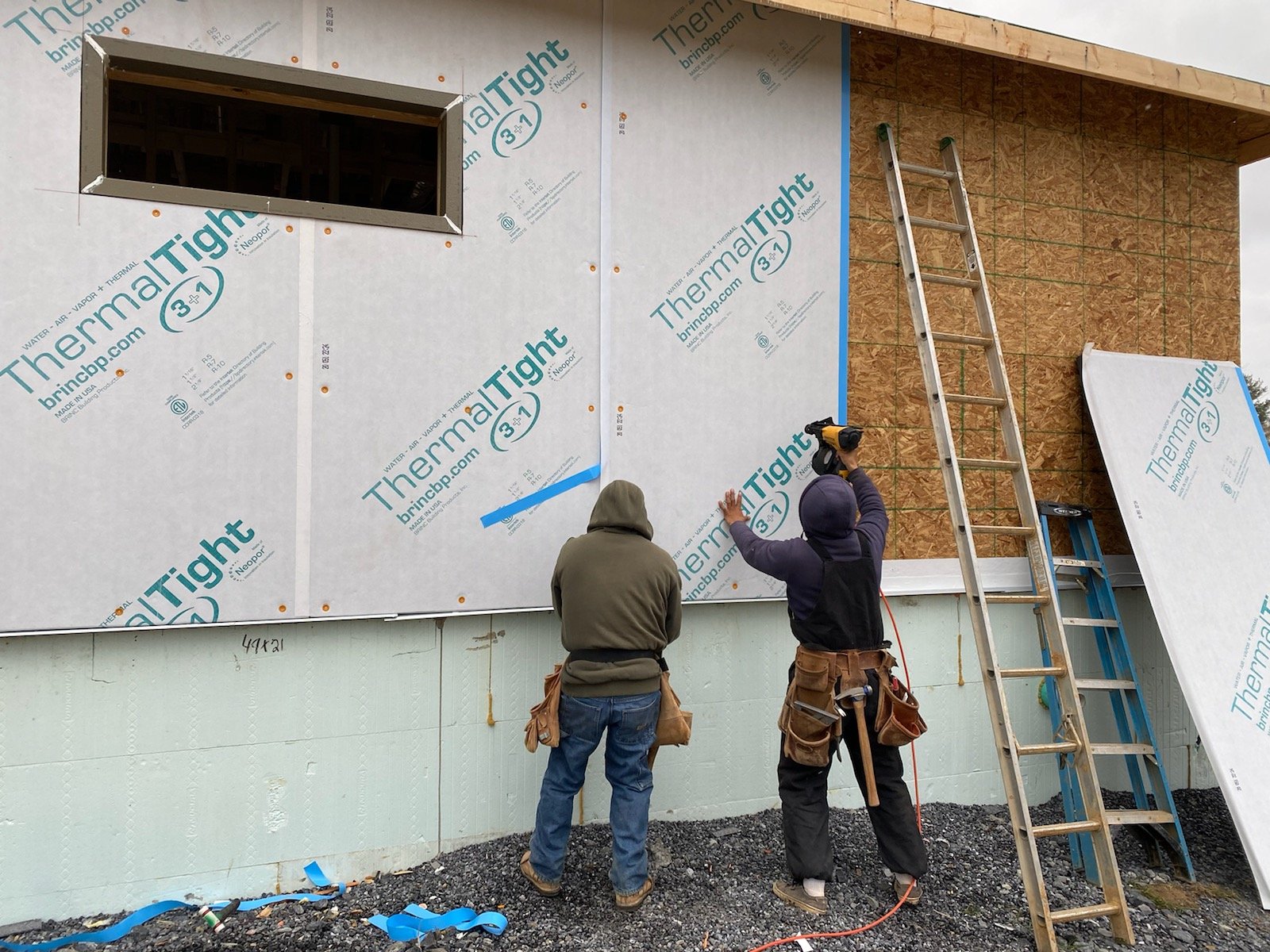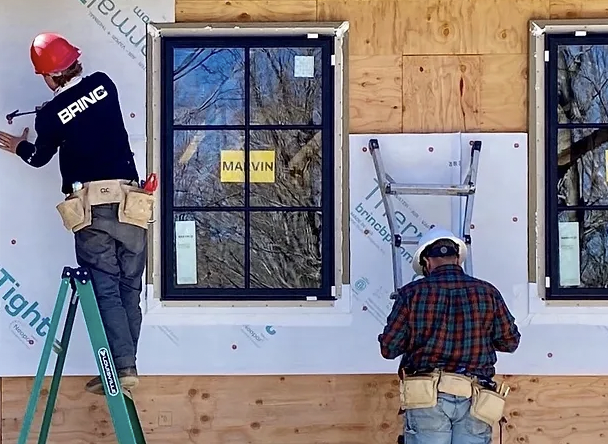Exterior Insulation Requirements and Building Codes: What You Need to Know

The use of exterior insulation has become increasingly popular in recent years due to its benefits in energy efficiency and building durability. However, investing in exterior insulation also requires adherence to specific building codes and requirements. In this blog post, we will discuss the insulation requirements and building codes that you need to know as a builder or contractor.
R-Value Requirements
One of the first things you need to consider when dealing with exterior insulation is its R-value. R-value is a measure of insulation's effectiveness and its ability to resist heat flow. The higher the R-value, the better the insulation's thermal performance. Building codes dictate the minimum R-values required for exterior walls, roofs, and foundations. Typically, exterior walls require a minimum of R-20 insulation, while roofs require R-38. Additionally, foundations require a minimum of R-5 insulation.
Fire Resistance
Another crucial requirement when it comes to exterior insulation is fire resistance. Exterior insulation must be installed in a way that meets the fire-resistance rating of the building. Typically, exterior wall assemblies require a minimum one-hour fire-resistance rating. The installation of insulation must also meet the requirements of the International Building Code (IBC) and NFPA 285 standards.
Siding Attachment Requirements
The type of siding that you plan to use can also have an impact on the insulation requirements. Siding must be attached to the exterior insulation rather than directly to the wall structure. This is because attaching it directly to the wall structure can create thermal bridges that can compromise the insulation's effectiveness. To ensure proper attachment, it is crucial to follow the specific manufacturer instructions. You can also consult with local building code officials to ensure that you are following their guidelines.
Condensation Control
Condensation is a significant issue that can compromise the effectiveness of exterior insulation. To prevent condensation buildup, building codes require that insulation is installed with a vapor barrier. This will help to keep moisture from infiltrating the system, which can lead to rot, mold, and reduced insulation effectiveness.
Energy Code Compliance
In addition to building code requirements, building contractors also need to pay attention to energy code compliance. Energy codes are designed to ensure that buildings meet specific energy efficiency standards. Building codes across states must comply with ASHRAE 90.1, so it is crucial to use materials and building systems that can meet those standards.
As a lumberyard owner, contractor, builder, or developer, it is crucial to familiarize yourself with the various requirements and building codes when it comes to exterior insulation. Understanding these requirements can help you to prevent issues related to energy efficiency, building durability, and safety. Take the time to consult with local building code officials, manufacturer guidelines, and energy codes to ensure that your projects are compliant with all applicable requirements. Exterior insulation has many benefits, but only if it is installed correctly and in compliance with the latest building codes.



